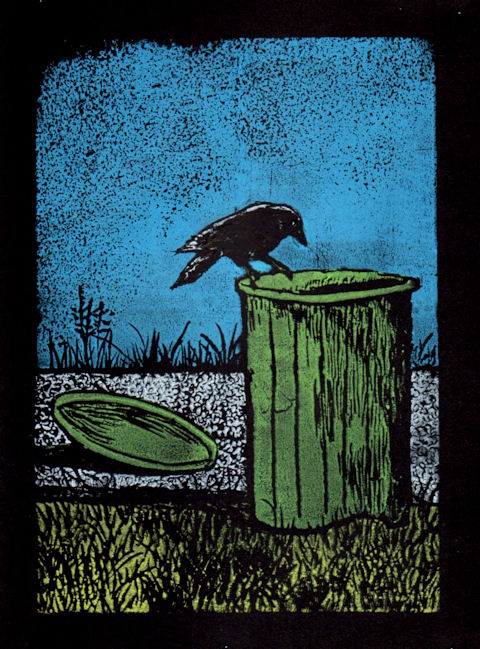Relief printing and intaglio printing are two distinct techniques used in the world of printmaking. While both methods involve transferring ink onto a surface to create an image, they differ in their approach and the effects they produce. In this article, we will delve into the intricacies of relief and intaglio printing, exploring their differences, applications, and unique characteristics.
Relief printing, also known as block printing, is a process where the image is raised from the surface, while the non-image areas are carved away. This technique dates back to ancient times and is still widely used today. Woodcut and linocut are popular forms of relief printing. Artists carve their desired image onto a block of wood or linoleum, leaving the raised areas that will receive ink. The ink is then applied to the raised surface, and the block is pressed onto paper or another substrate, transferring the image.
Intaglio printing, on the other hand, involves incising or etching the image into a surface, typically a metal plate. The incised areas hold the ink, while the surface is wiped clean. The plate is then pressed onto paper, and the ink is transferred from the recessed areas, creating the image. Techniques such as engraving, etching, and drypoint are commonly used in intaglio printing. These methods allow for intricate details and a wide range of tonal values, making intaglio prints highly sought after by artists and collectors.
One of the key differences between relief and intaglio printing lies in the way the ink is transferred. In relief printing, the ink sits on top of the raised surface and is directly transferred onto the paper. This results in a bold and textured appearance, with the inked areas standing out in relief. In contrast, intaglio printing relies on the ink being held within the incised lines or grooves. When the plate is pressed onto the paper, the ink is forced out of the recessed areas, creating a characteristic embossed effect.
Another distinction is the level of complexity and skill required for each technique. Relief printing is relatively straightforward, making it accessible to beginners and artists of all levels. The carving process allows for a certain level of spontaneity and freedom, as mistakes can be easily corrected. Intaglio printing, on the other hand, demands precision and meticulousness. The etching or engraving process requires careful control over the depth and width of the lines, as well as the application of ink and wiping techniques. Mastery of intaglio printing often takes years of practice and experimentation.
In terms of applications, relief printing is often favored for bold and graphic designs. Its ability to create strong contrasts and textures makes it suitable for illustrations, posters, and decorative prints. Intaglio printing, with its fine details and tonal range, is commonly used for fine art prints, etchings, and intaglio reproductions. The depth and richness achieved through intaglio techniques add a sense of depth and dimension to the artwork.
In conclusion, relief printing and intaglio printing are two distinct methods in the world of printmaking. While relief printing emphasizes raised surfaces and bold textures, intaglio printing focuses on incised lines and intricate details. Both techniques offer unique artistic possibilities and have their own applications. Whether you are drawn to the expressive nature of relief printing or the meticulous craftsmanship of intaglio printing, exploring these techniques can open up a world of creative possibilities.

